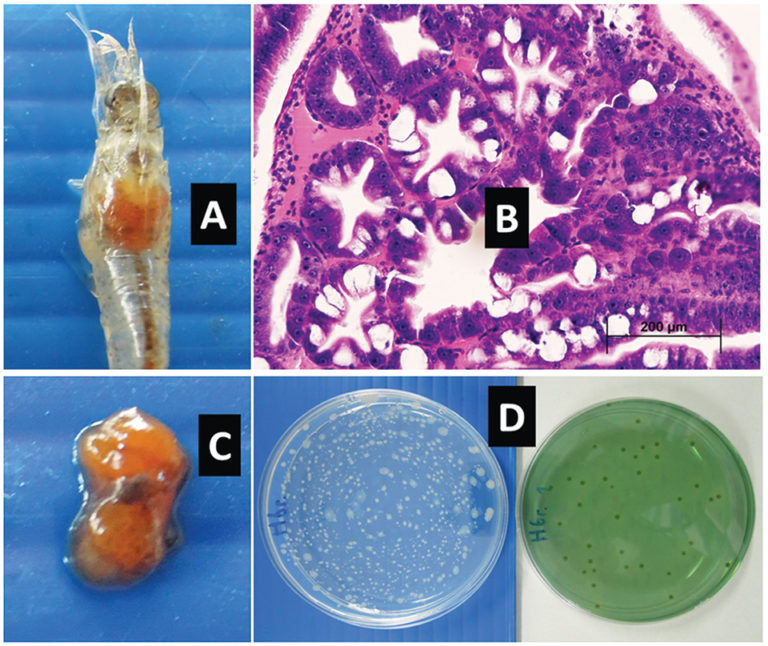
Health & Welfare
Hepatopancreas colors predict survival of shrimp to EMS
Monitoring of Vibrio bacteria in shrimp larvae determined a relationship among hepatopancreas color, bacteria concentration and signs of early mortality syndrome.
Health & Welfare
Applied to shrimp postlarvae at Thai and Latin American farms, a thermal treatment of constant water temperature increased final survival rates.

Health & Welfare
Monitoring of Vibrio bacteria in shrimp larvae determined a relationship among hepatopancreas color, bacteria concentration and signs of early mortality syndrome.

Health & Welfare
Establishing postlarvae quality has become one of the most important aspects in controlling diseases in farmed shrimp. Initial microbial testing can ensure viruses and other pathogens are absent from the animals.
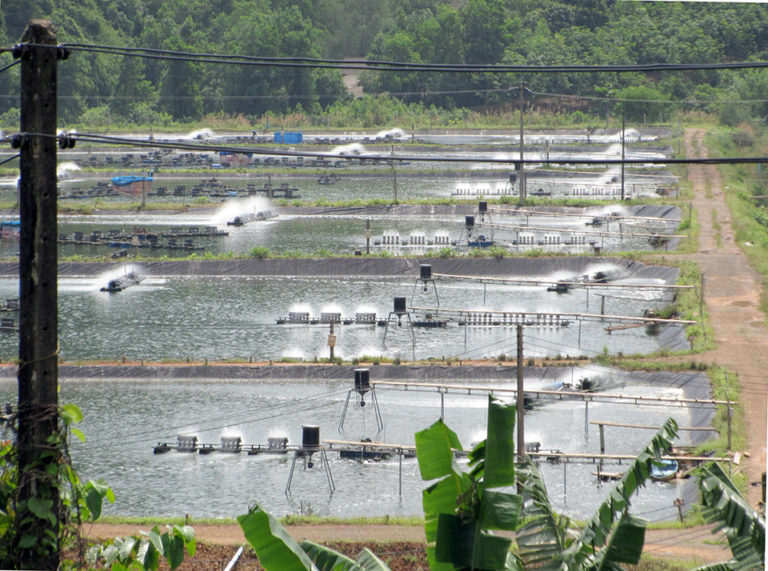
Aquafeeds
Controlled by timers, automatic feeders should be placed in deeper areas of ponds and away from aerators. Overfeeding is rare during automatic feeding, and pond bottom quality is maintained through grow-out cycles.
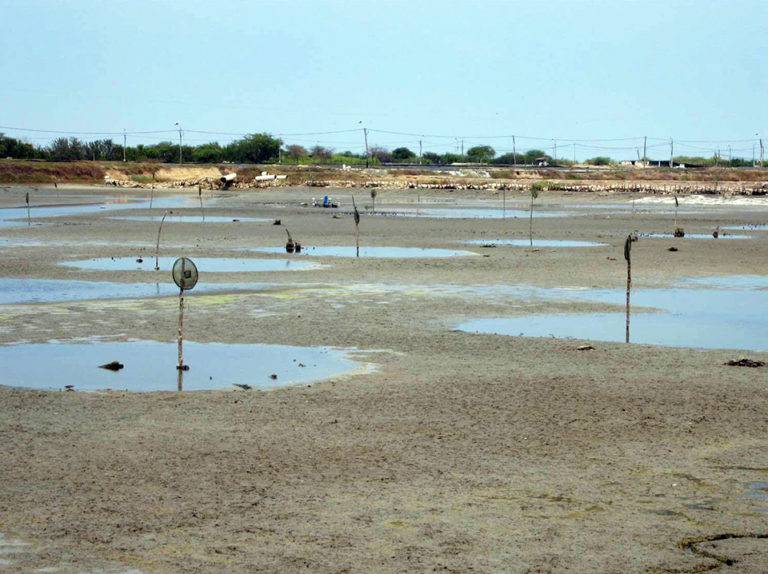
Responsibility
At higher stocking densities, the application of all feed via feed trays often results in feed being dropped outside and/or underneath the trays.
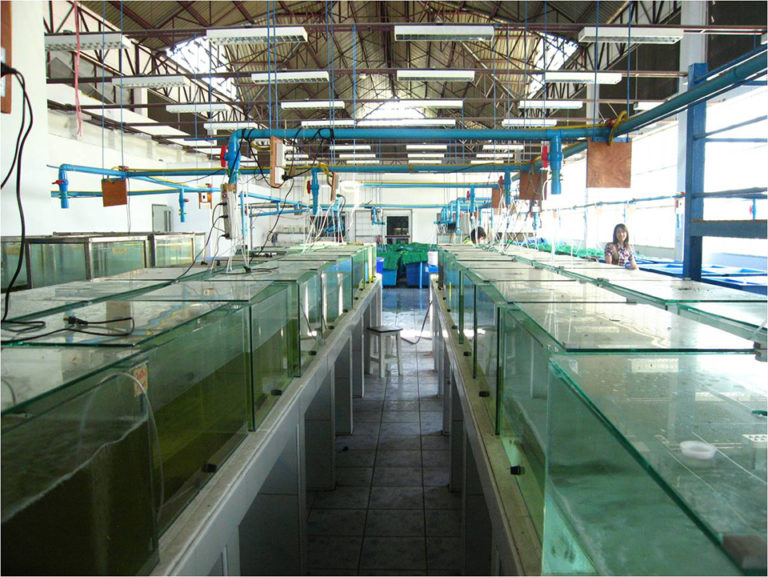
Health & Welfare
In laboratory tests with white shrimp, feed consumption was 36.5 percent higher at 33 degrees-C than at 29. Growth was similar at both temperatures.

Health & Welfare
The authors evaluated the feed passage through the intestines of white shrimp under laboratory conditions. Feed consumption on feed trays was tested four times daily at different temperatures at an intensive culture farm.
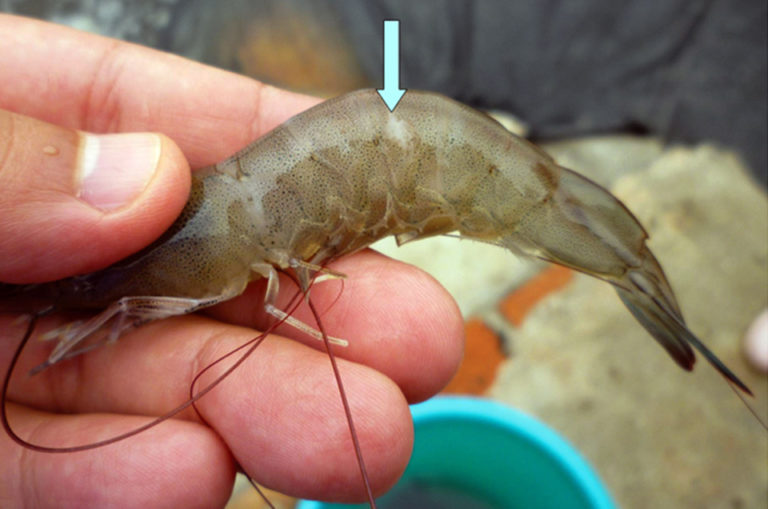
Health & Welfare
The authors have established a procedure to reduce the impacts of Taura Syndrome Virus in the culture of Pacific white shrimp. The procedure focuses on avoiding the molting process of shrimp by limiting culture conditions.
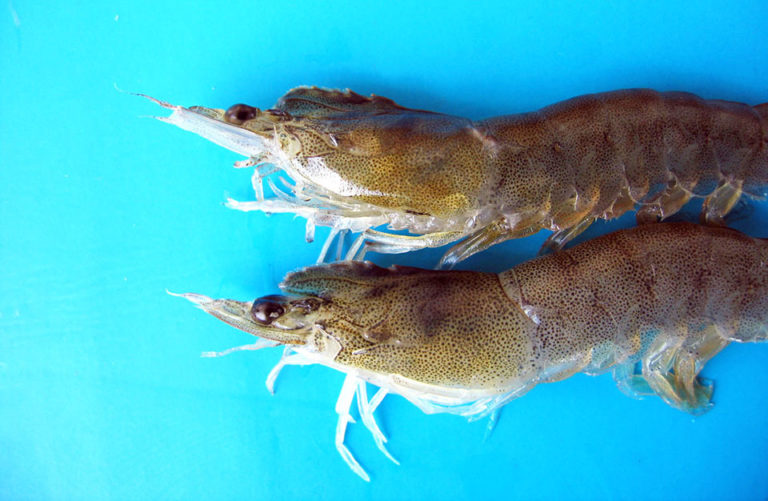
Health & Welfare
Infectious Hypodermal and Hematopoietic Necrosis Virus (IHHNV) reduces the growth and survival rates of Pacific white shrimp.